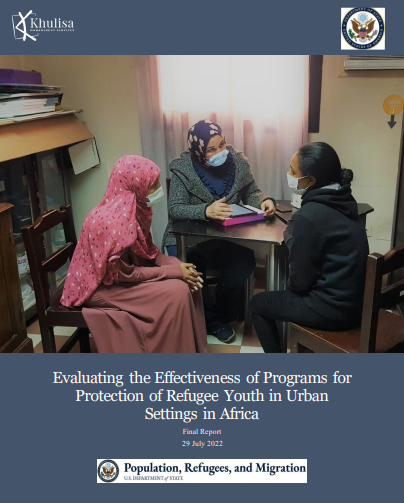We recently published a comprehensive blog post about data collection design and how to choose the best data collection tool for a specific project. Before choosing a data collection tool, we recommend considering several questions; the question we discussed last week was: What’s the budget? This week’s tip is about the second question: Who are the respondents?
“If it’s young people with access to cell phones and internet and data, any of the electronic tools would work,” says Education and Development Director Margie Roper. “If it’s an enumerated survey, with field workers, you can use a tool that requires training to collect the data. If it’s a group for which an electronic device may be intimidating [like older people, or anyone without access to the internet], then you could go for paper-based.”
In some cases, there are specific data collection tools available for respondents in a particular practice area. RTI International has developed a tool called Tangerine, designed specifically for early grade reading and math literacy assessments. And for complex projects with more than one type of respondent, a combination of survey tools (such as Tangerine and Kobo) often works best.
For a recent survey of refugee youth in three African cities, Khulisa needed to design a data collection plan for young, hard-to-reach, vulnerable individuals who often didn’t have access to technology or even fixed addresses. Neither online nor paper-based interviews would work for this population, so the team chose to conduct in-person, intercept interviews using tablets with Jotform, a fillable PDF tool that we will discuss in next week’s #EvalTuesdayTip.
For more thoughts on how to choose the best data collection tool for your budget, read the full blog post or watch our recent “The Science Behind Data Collection” webinar, presented as part of gLOCAL Evaluation Week, on YouTube. Also, stay tuned for more data collection #EvalTuesdayTips in the coming weeks.


